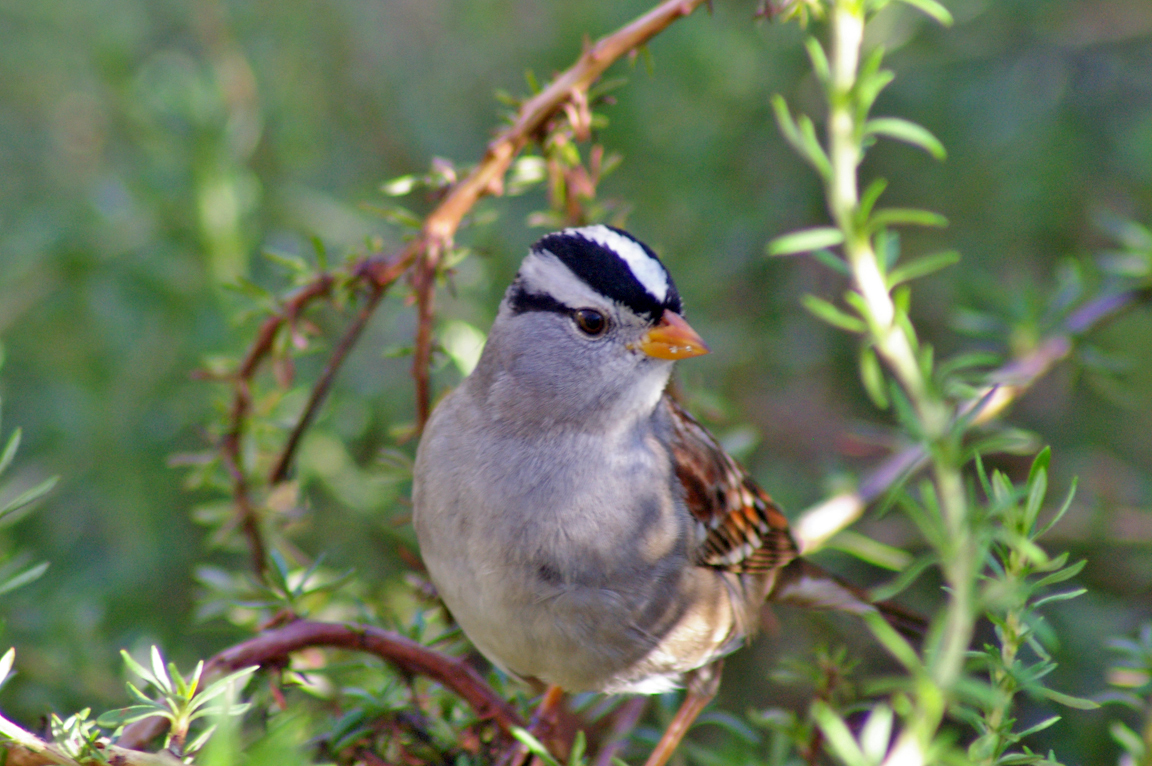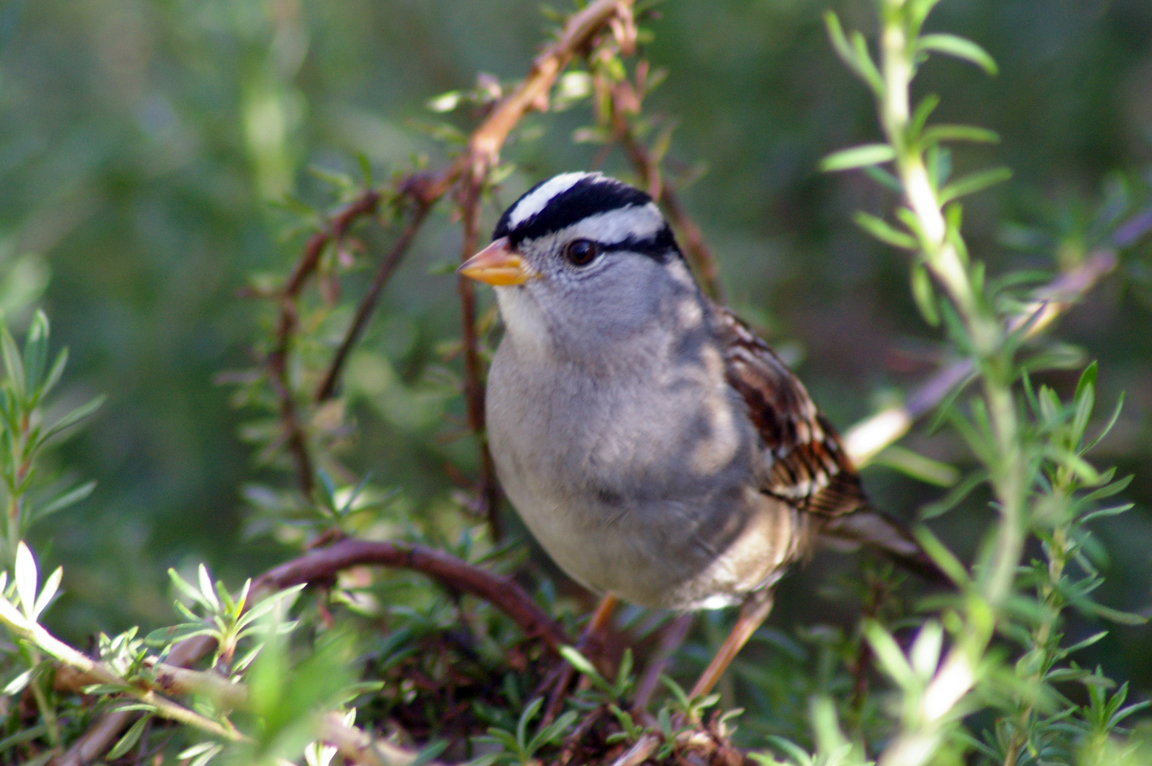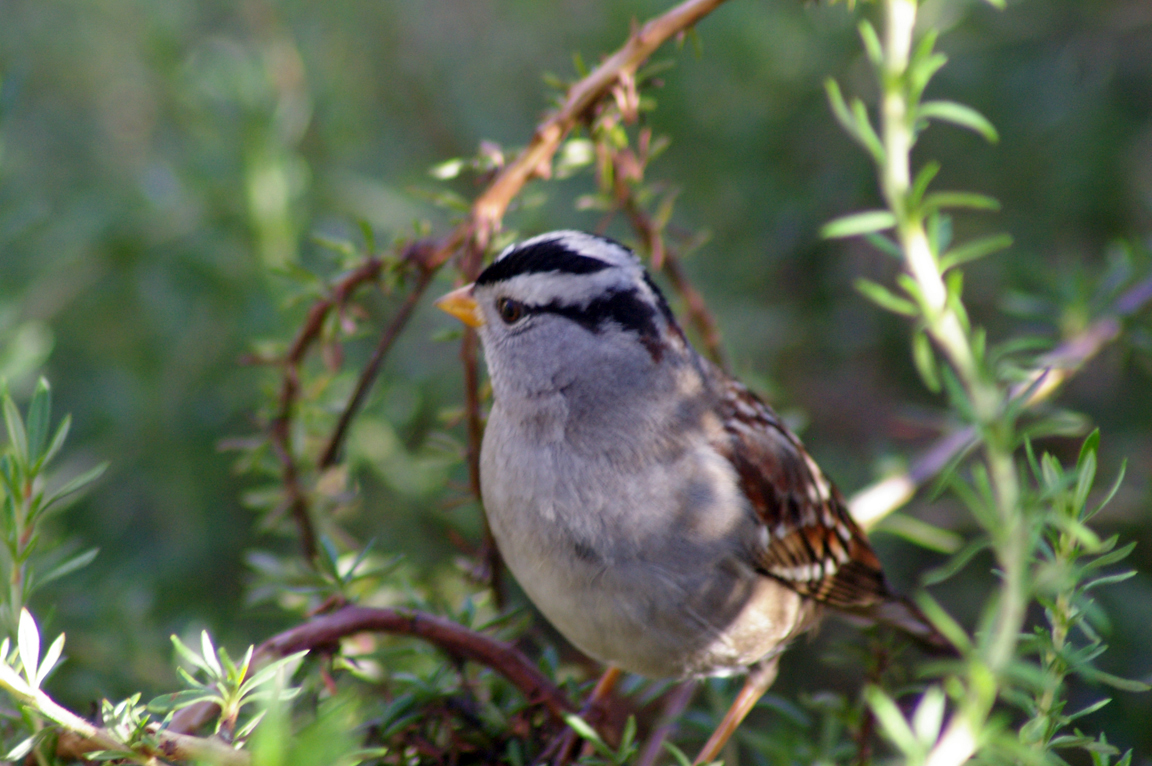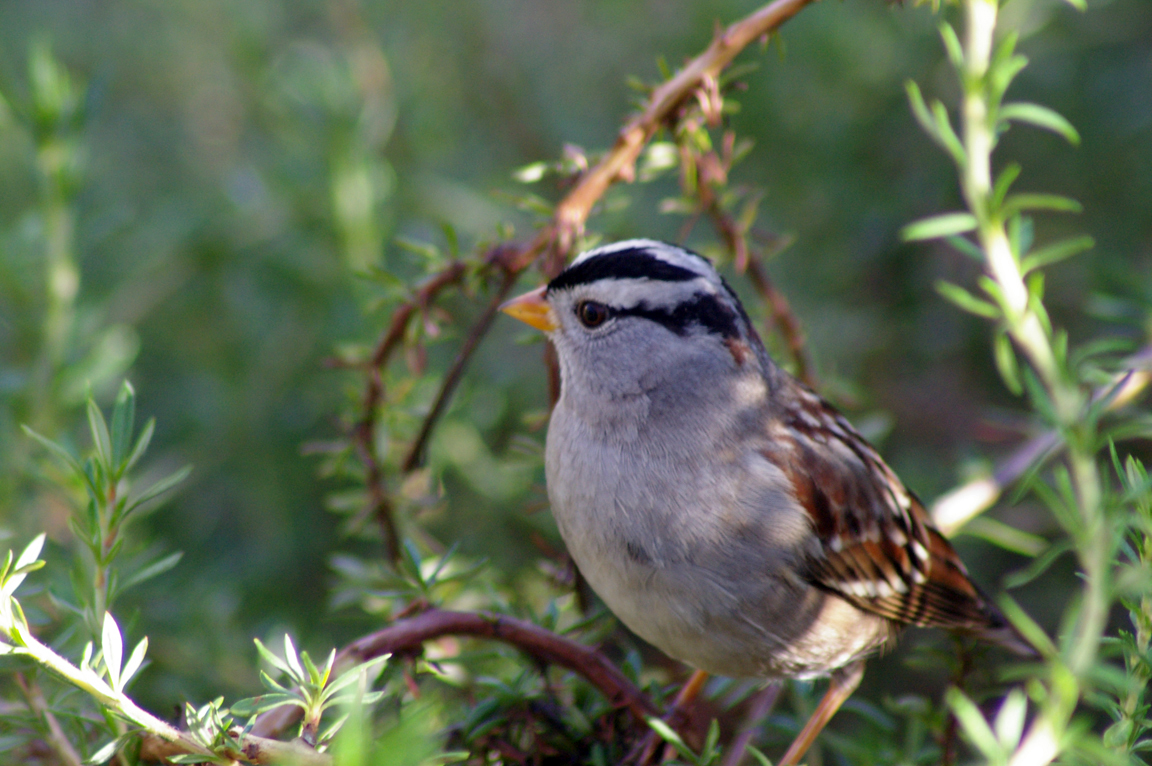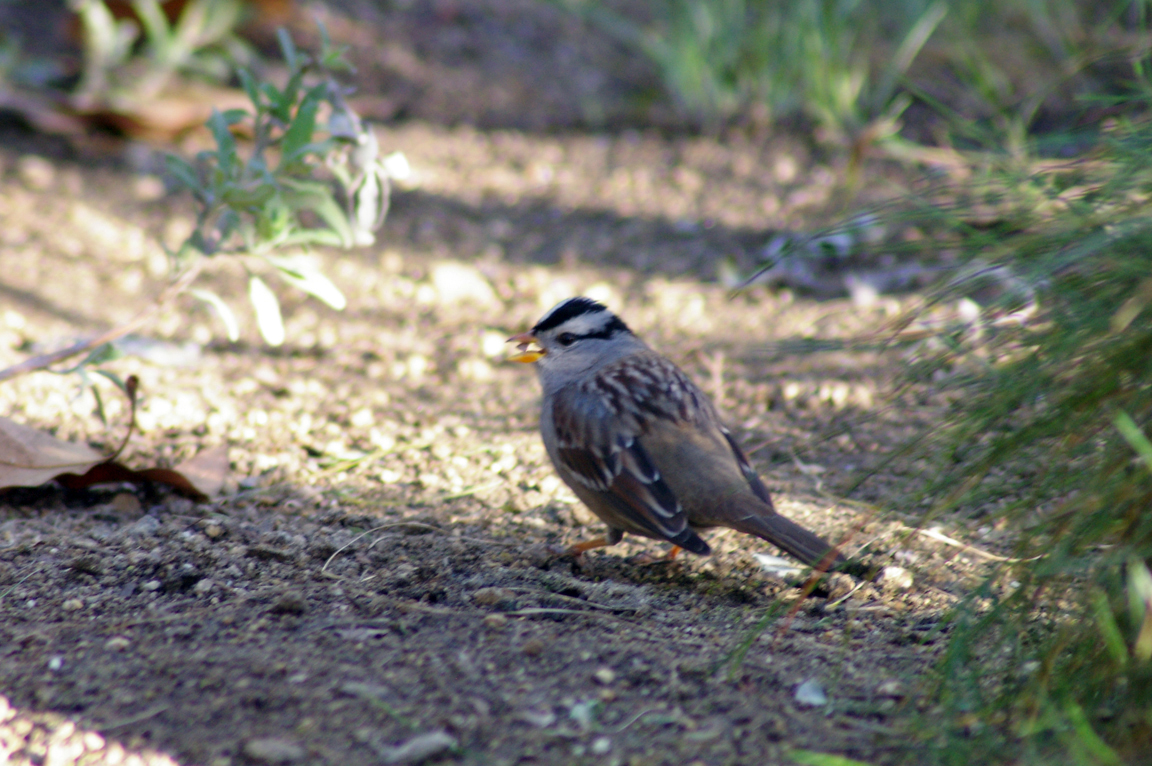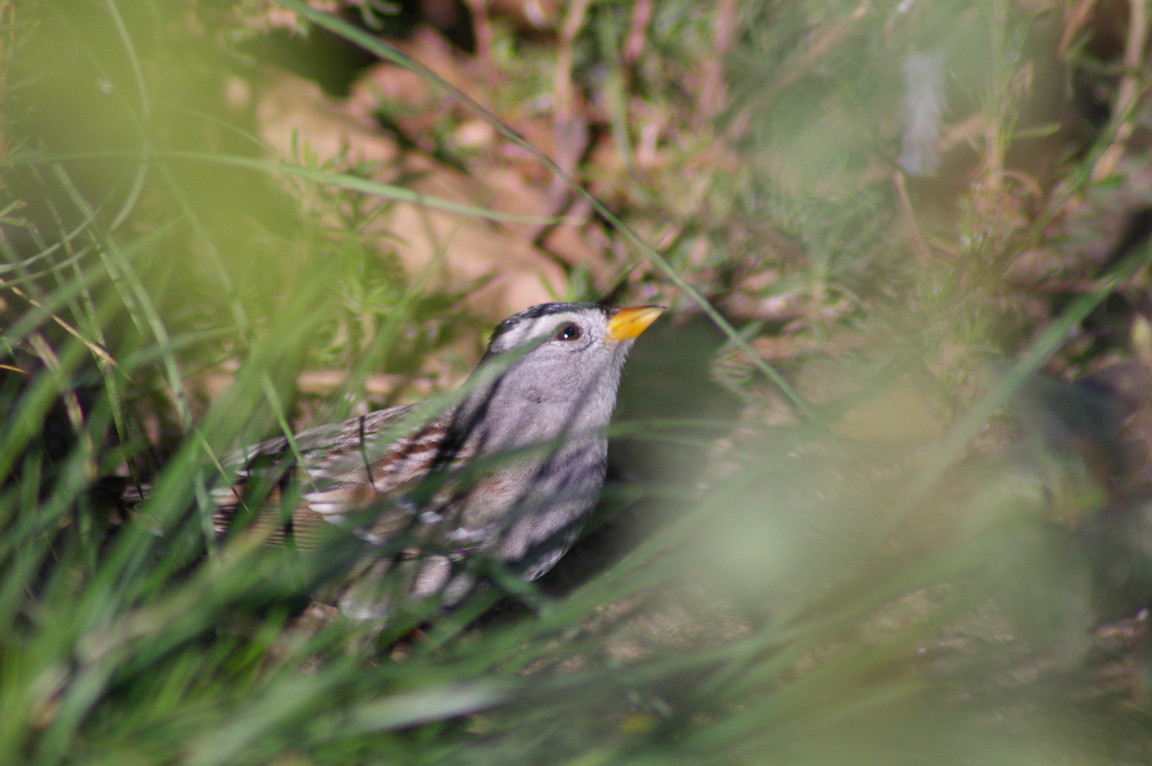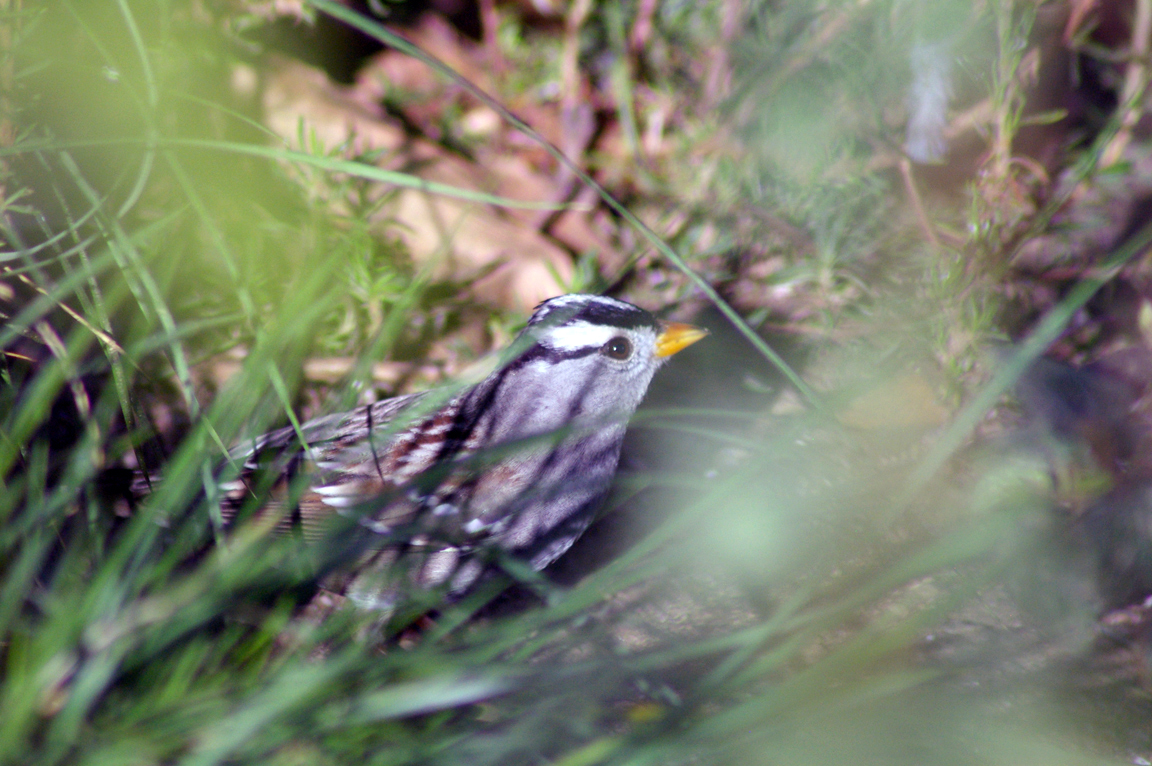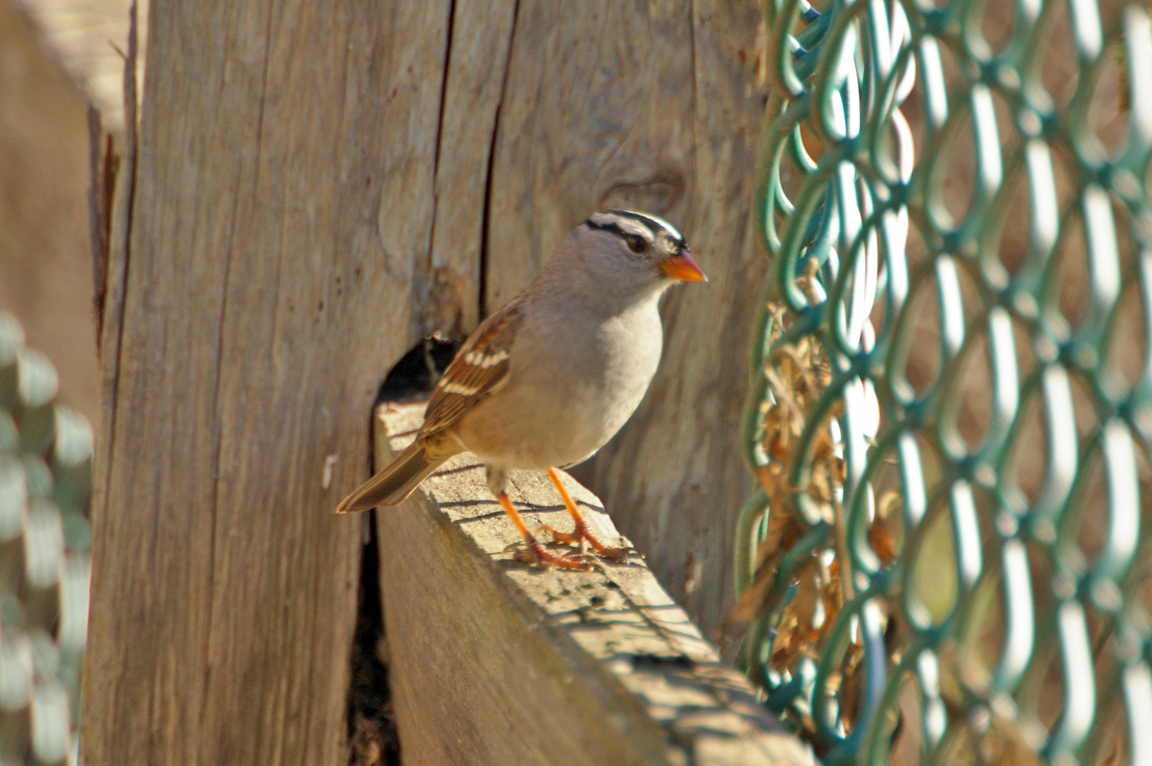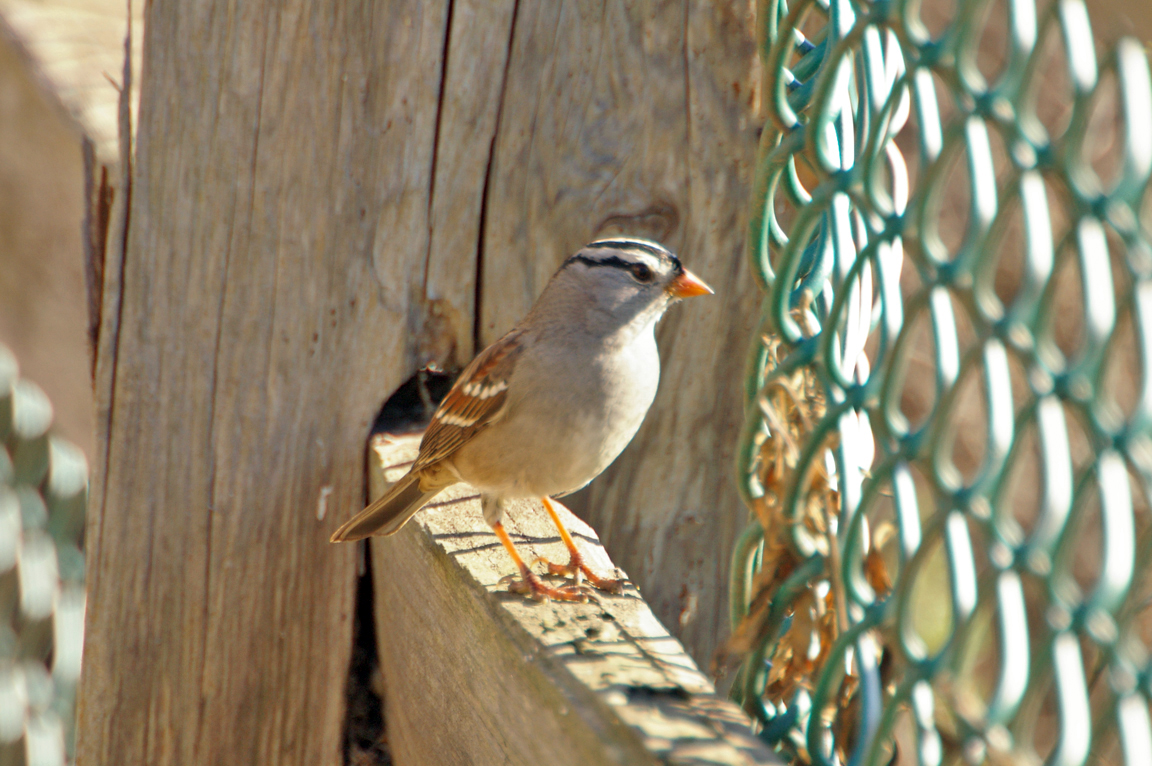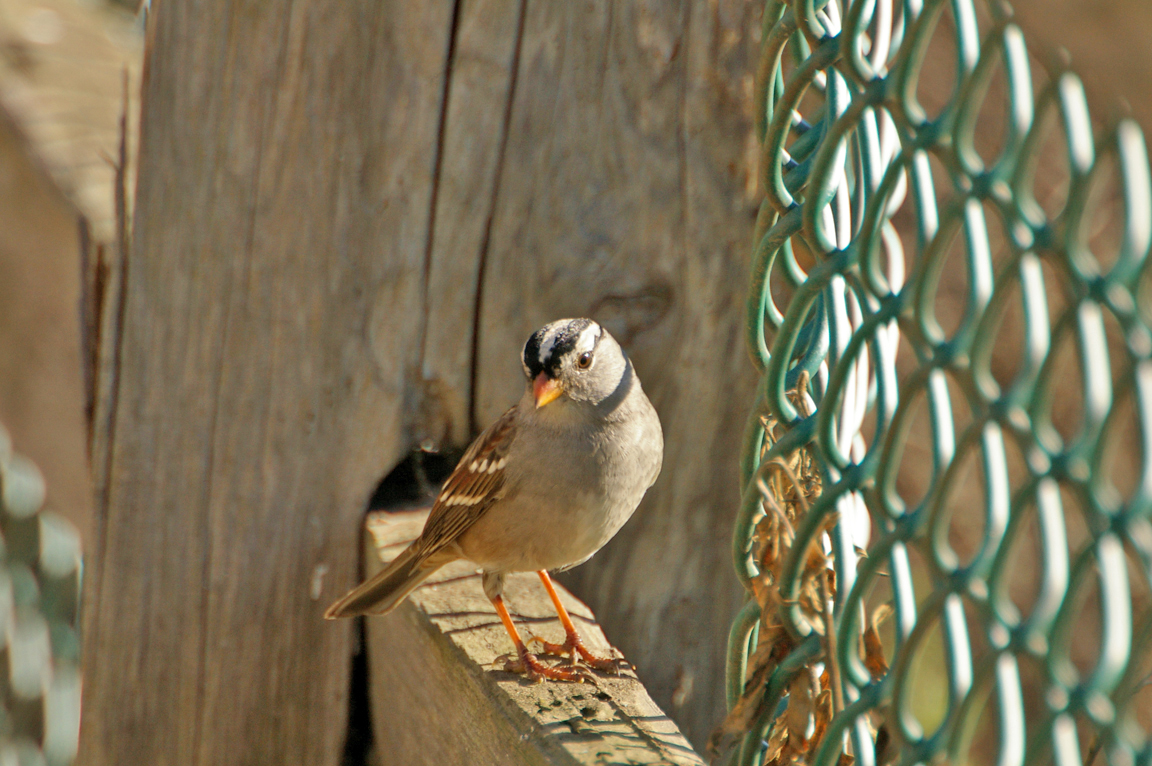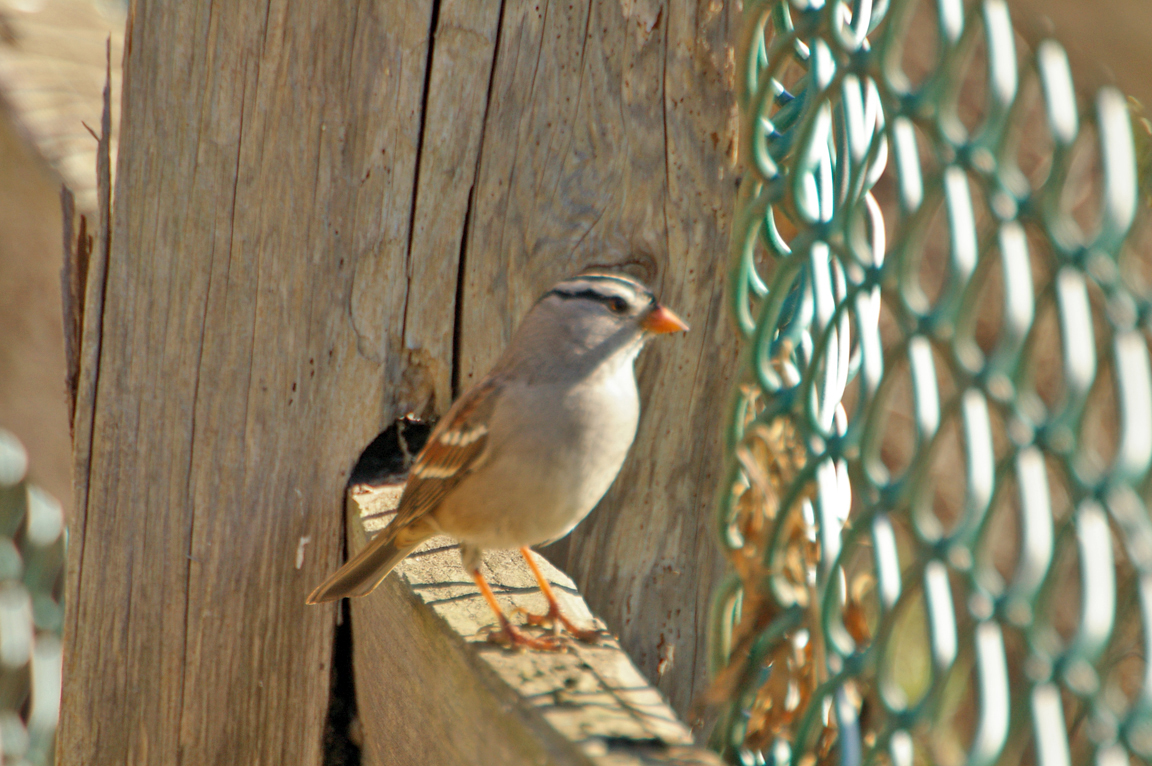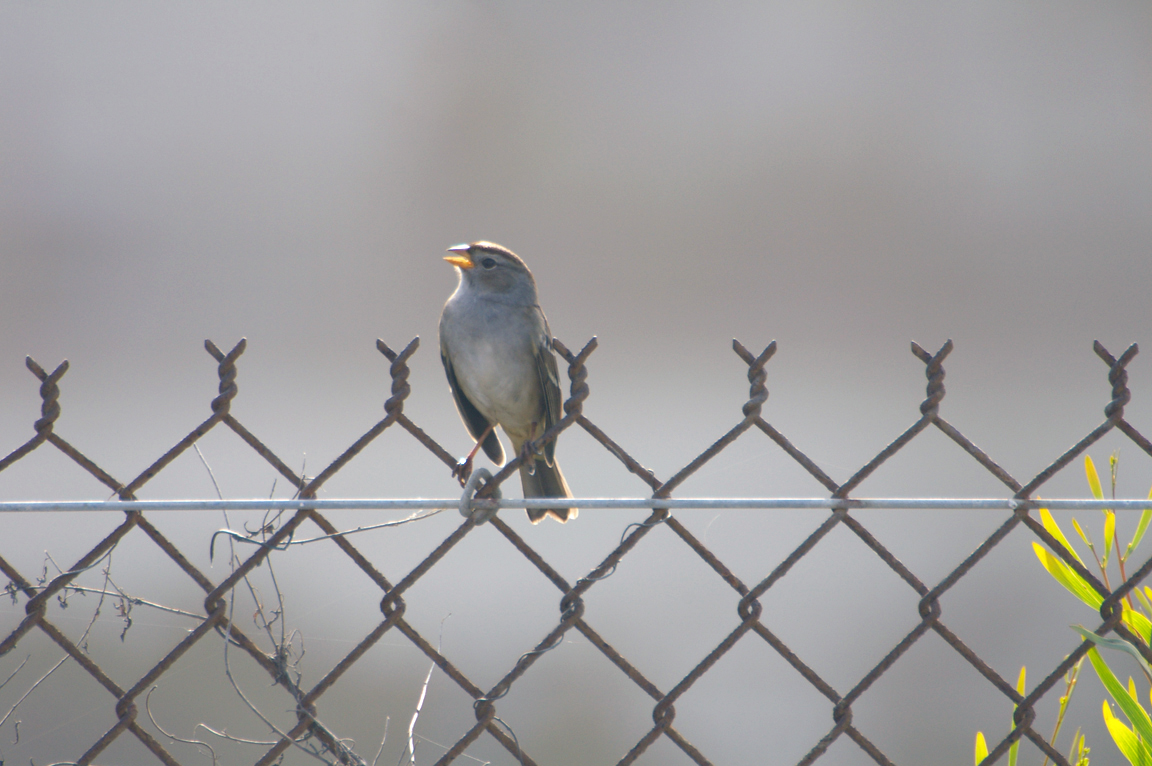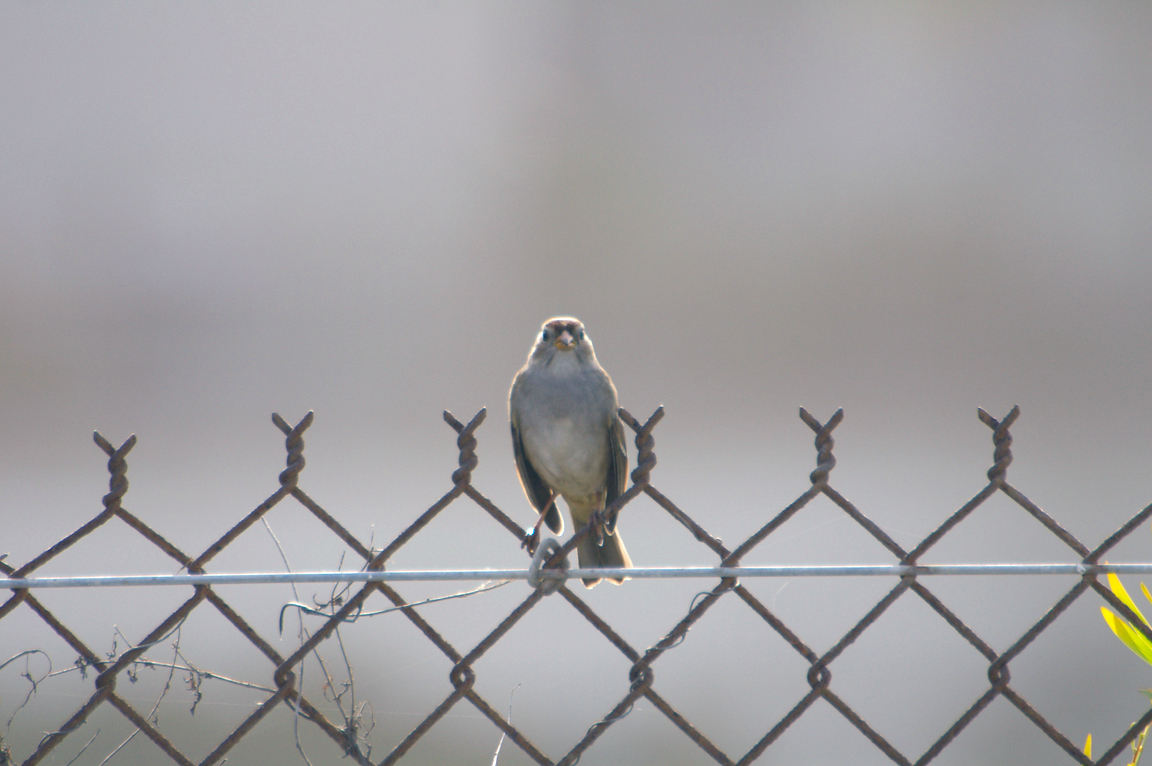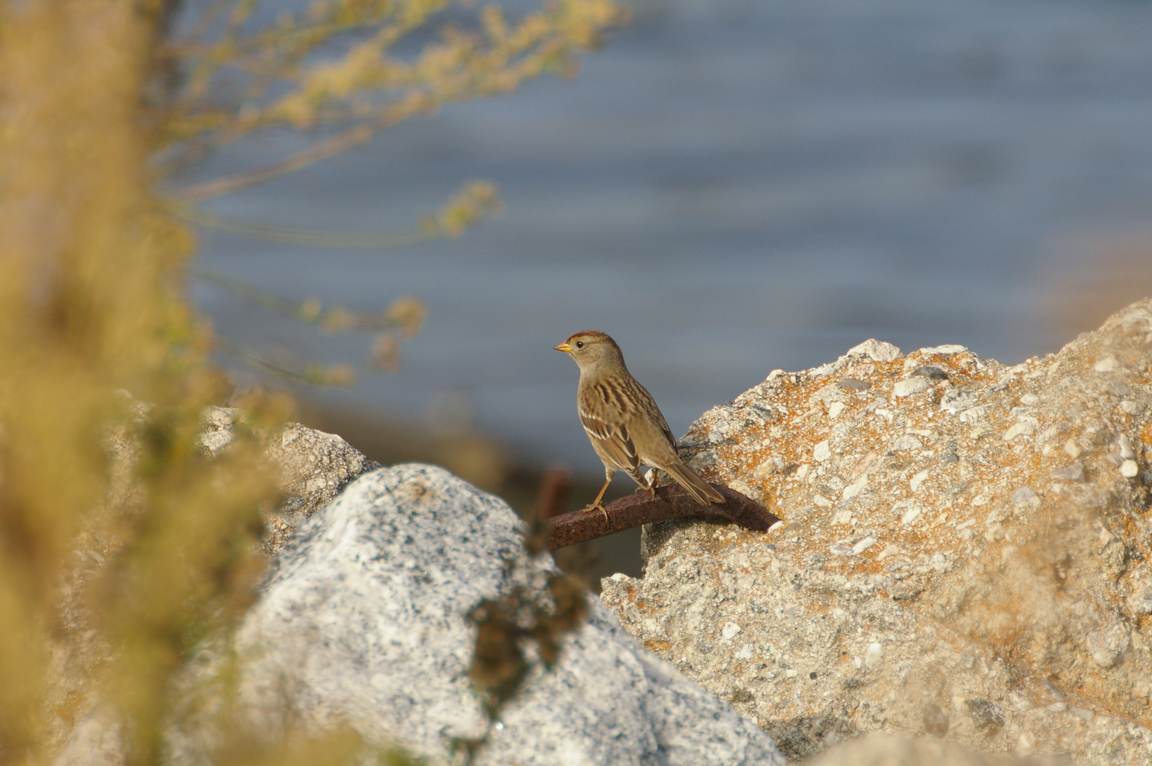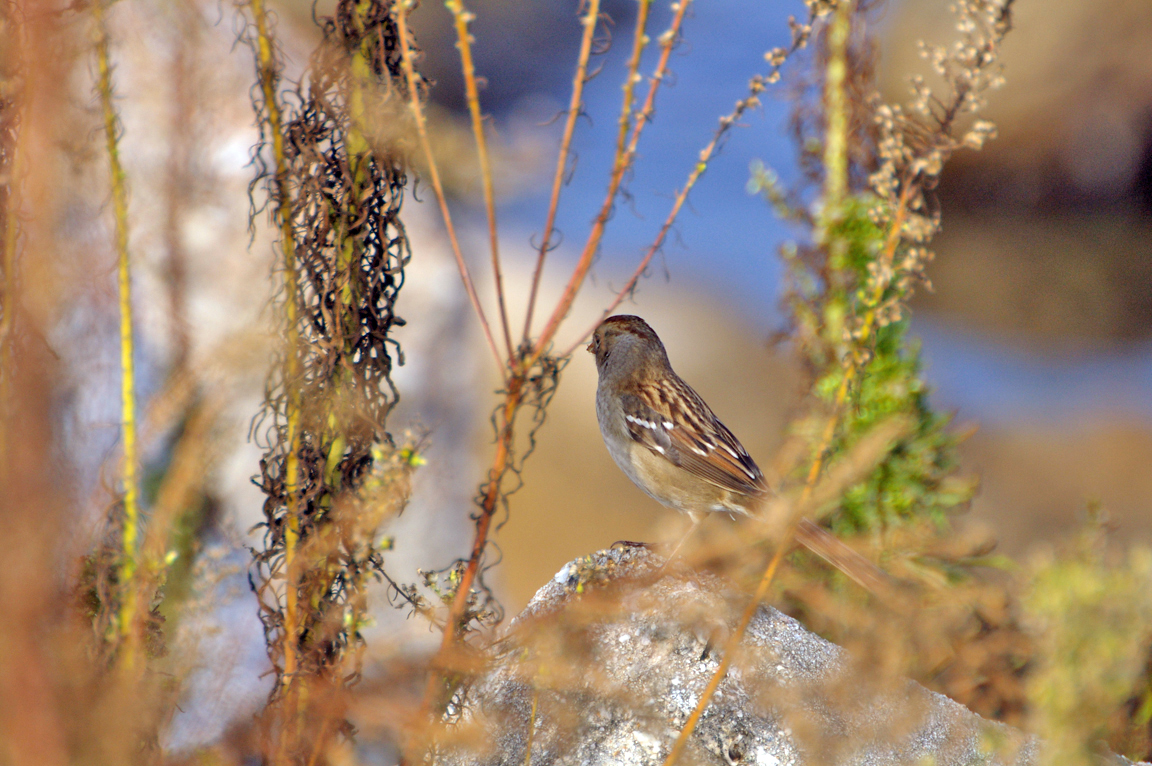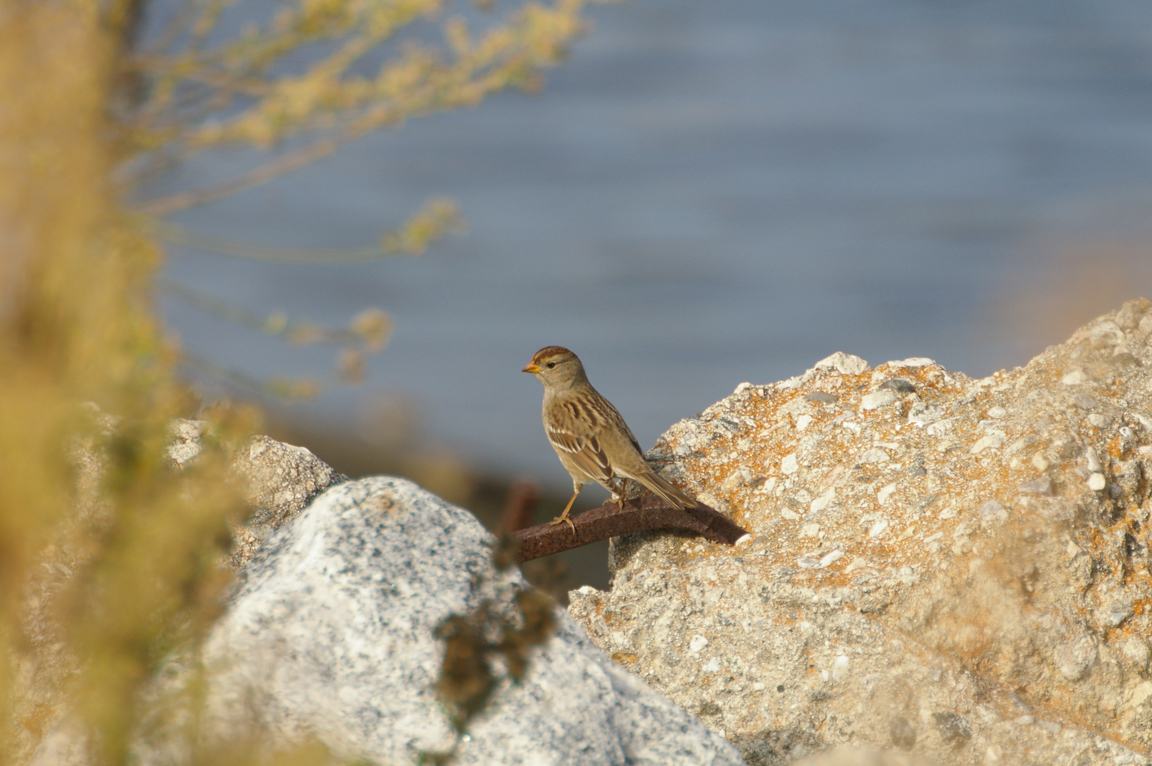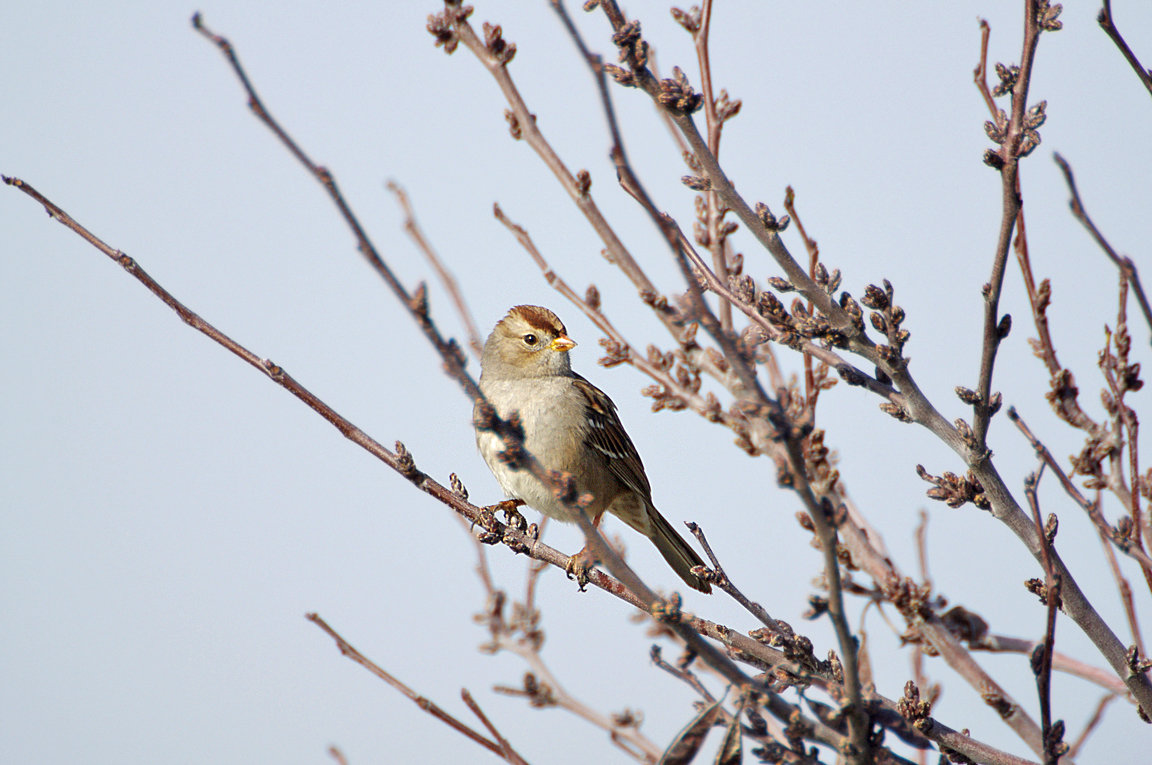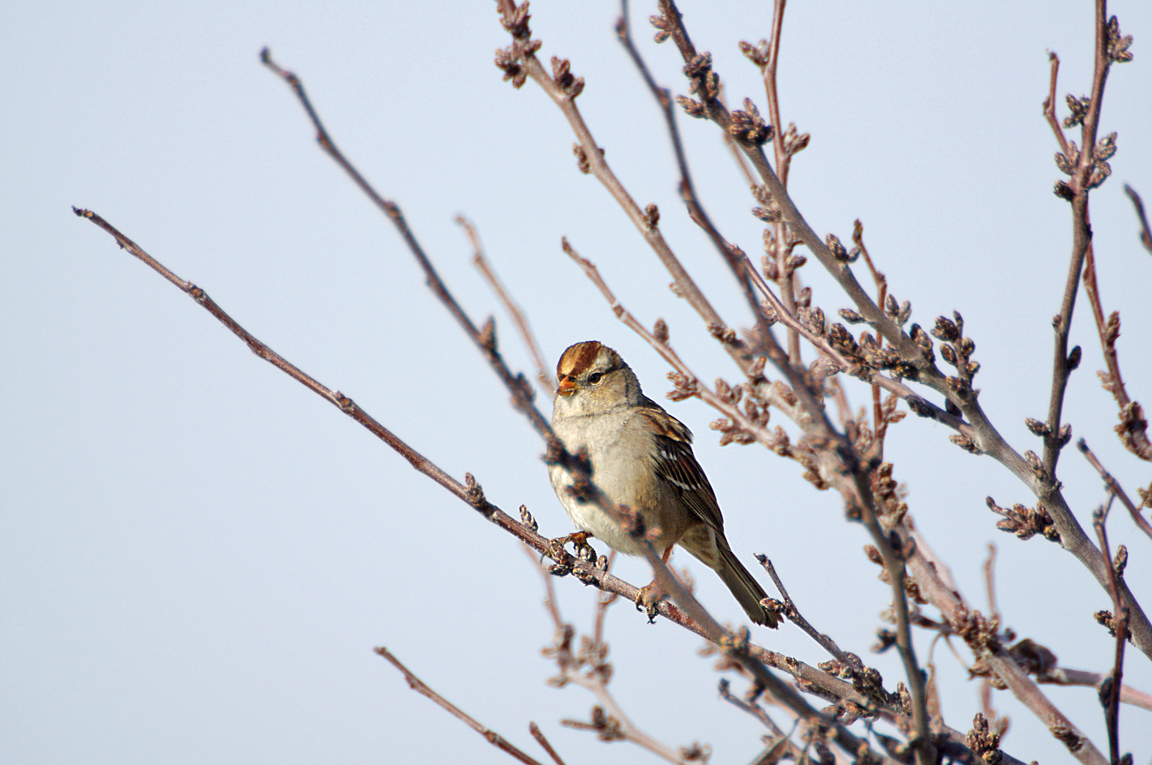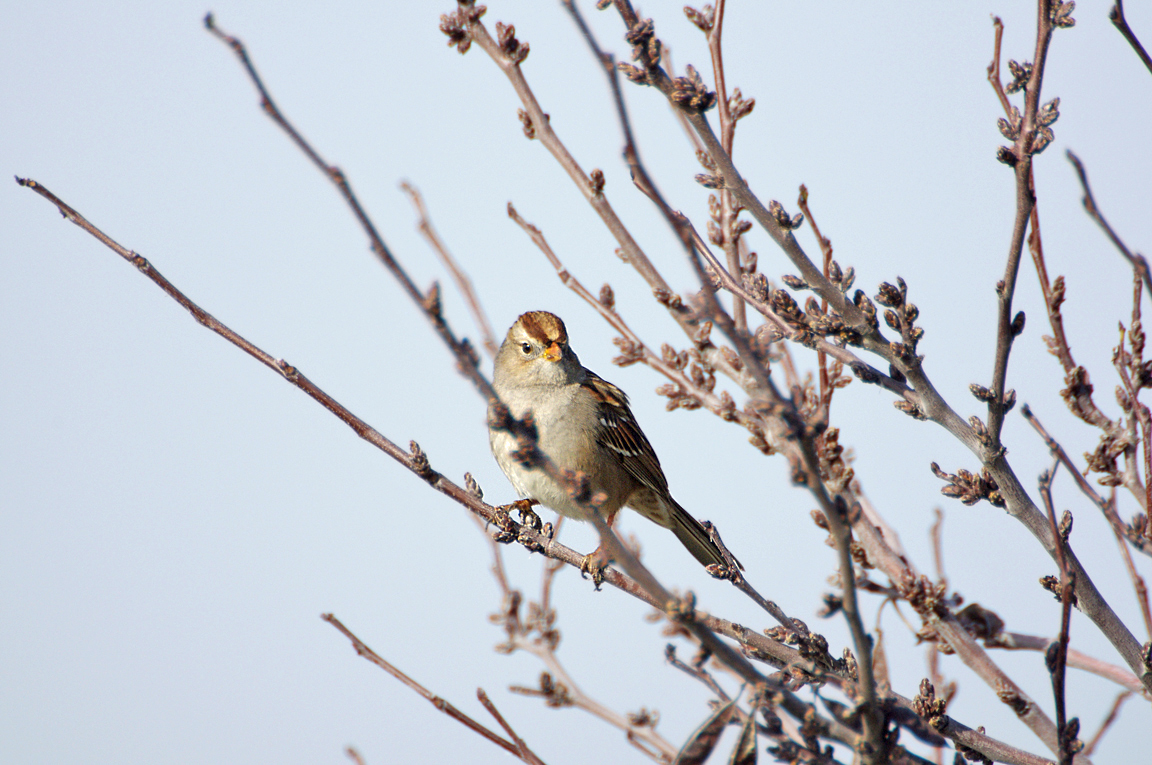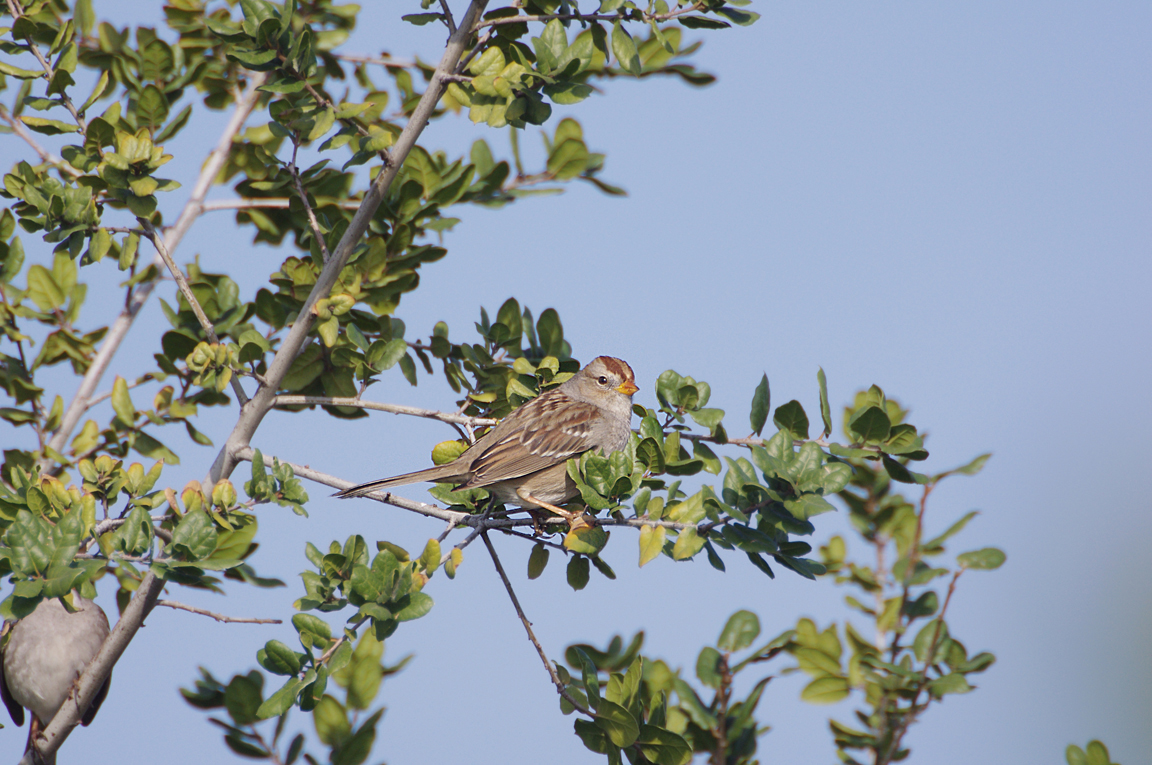|
|
|
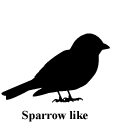 |
White-crowned Sparrow
|
| Zonotrichia leucophrys | |
Elegantly marked in gray, brown, black, and white, the White-crowned Sparrow is one of the best-studied songbirds in North America. Much of our knowledge of bird song and development is based on studies of this species.
Interesting Information
-
Four of the five subspecies of White-crowned Sparrows are migratory. The sedentary race lives in a very narrow band along the California coast. The most widespread race, breeding across northern Canada and wintering in the eastern United States, is the least-studied and least well known of all the races.
-
A young male White-crowned Sparrow learns the basics of the song it will sing as an adult during the first two or three months of its life. It does not learn directly from its father, but rather from the generalized song environment of its natal neighborhood.
-
Because male White-crowned Sparrows learn the songs they grew up with and do not travel far from where they were raised, song dialects frequently form. Males on the edge of two dialects may be bilingual and able to sing both dialects.
Description
Adult Description
-
Size: 15-16 cm (6-6 in)
-
Wingspan: 21-24 cm (8-9 in)
-
Weight: 25-28 g (0.88-0.99 ounces)
-
Large sparrow, small songbird.
-
Top of head with two broad black stripes, separated by a broad white crown stripe.
-
Eyebrow stripe white, bordered in front by black crown stripe.
-
Narrow black line extending from eye to back of nape.
-
Rest of face, sides of neck and breast gray.
-
Paler on throat and belly.
-
Back and wing light gray streaked with brown.
-
Rump pale brown.
-
Wings with two white wingbars.
-
Bill pinkish brown to yellowish.
-
Legs brown to pink.
-
Eyes dark.
Sex Differences
Sexes alike in plumage, males slightly larger.
Immature
Juvenile with crown stripes brown and buff, breast and belly buff streaked with black. First winter like adult except crown stripes brown and buff, not black and white.
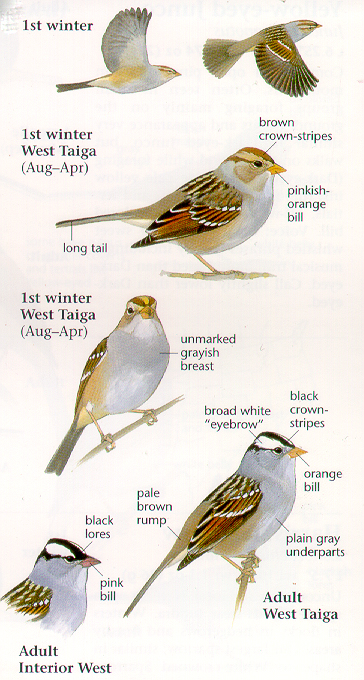
Photo taken from: The Sibley Field Guide by David Allen Sibley
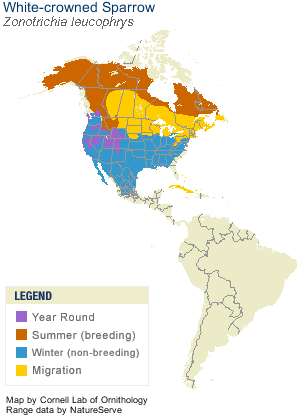
© 2003 Cornell Lab of Ornithology
|
Habitat |
|
|
Behavior |
|
Feeds primarily on ground. Scratches in litter with both feet. Some hawking of insects from perch. |
|
Food |
|
Seeds, buds, arthropods. |
Taxonomy
| Kingdom: | Animalia |
| Phylum: | Chordata |
| Subphylum: | Vertebrata |
| Class: | Aves |
| Order: | Passeriformes |
| Family: | Emberizidae |
| Genus: | Zonotrichia |
| Species: | Zonotrichia leucophrys |
| Subspecies: | Zonotrichia leucophrys gambelii |
| Zonotrichia leucophrys leucophrys | |
| Zonotrichia leucophrys nuttalli | |
| Zonotrichia leucophrys oriantha | |
| Zonotrichia leucophrys pugetensis |
Similar Species |
|
|
Bird Sound |
|
Song a series of clear whistles followed by buzzes or trills on different pitches. |
|
Eggs look like this |
|
Photo taken from: ARCTOS Collaborative Collection Management Solution |
Videos
White-crowned Sparrow
First Winter
